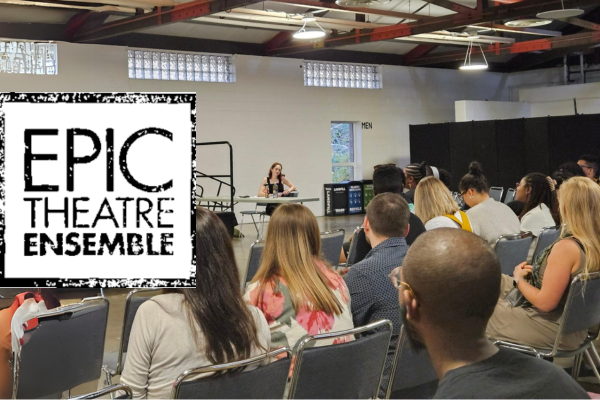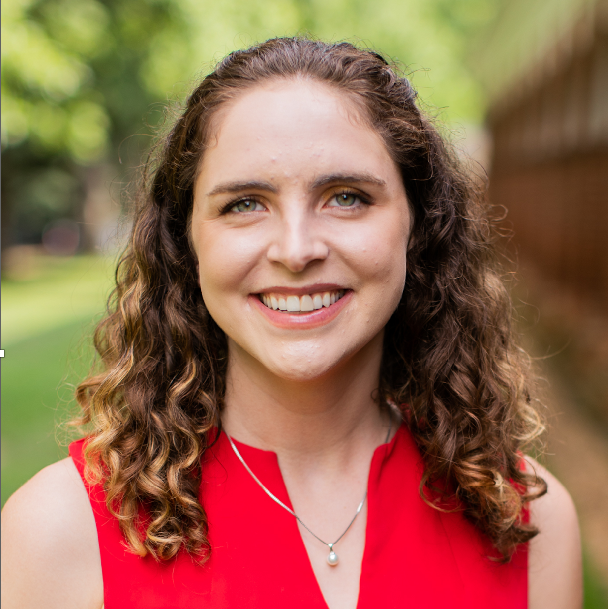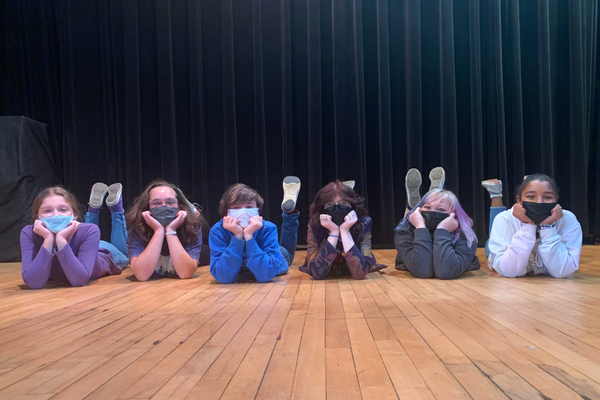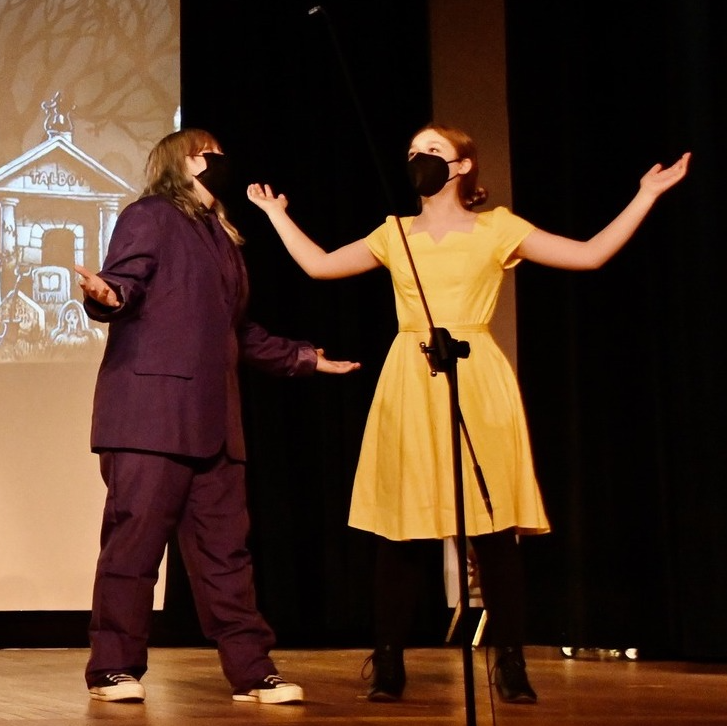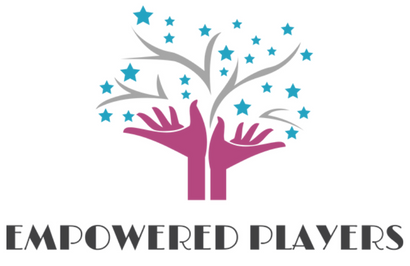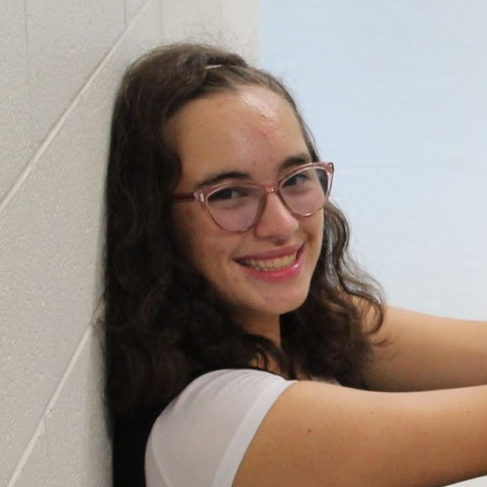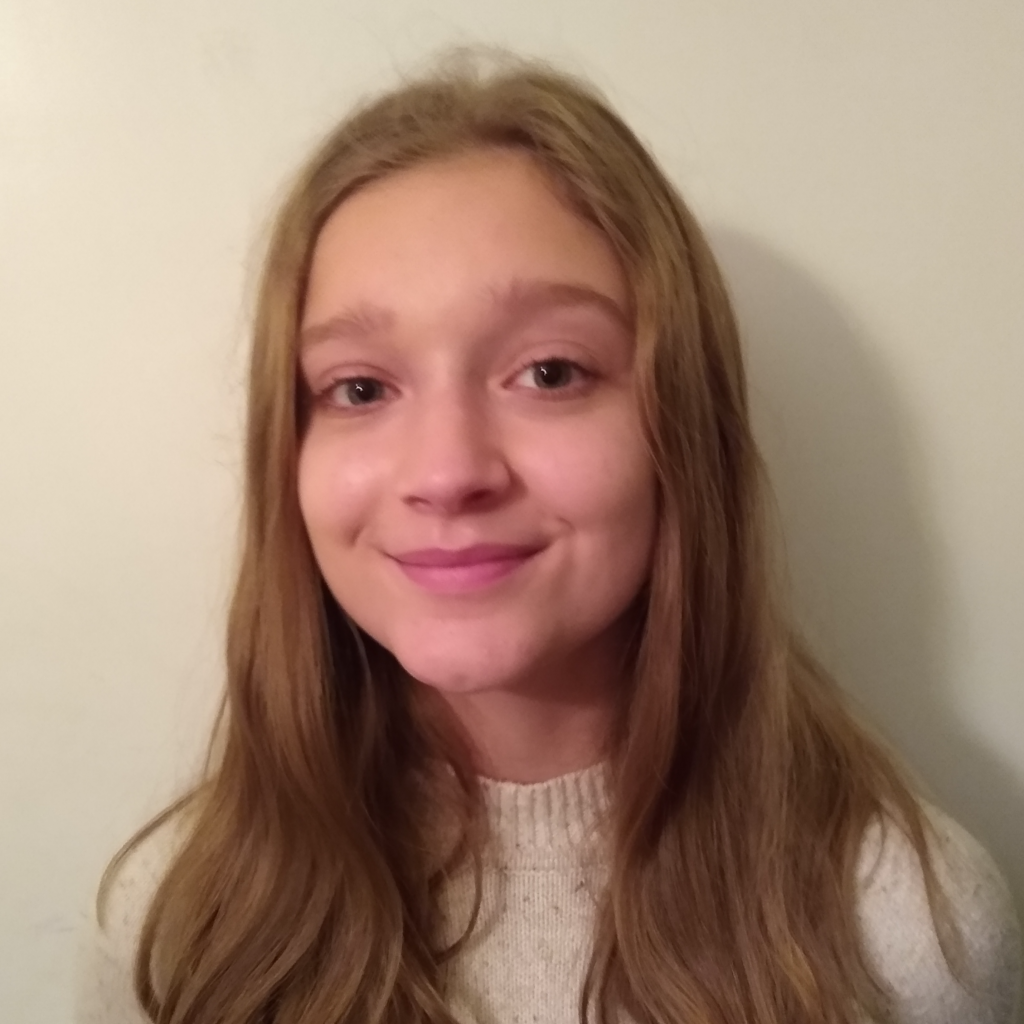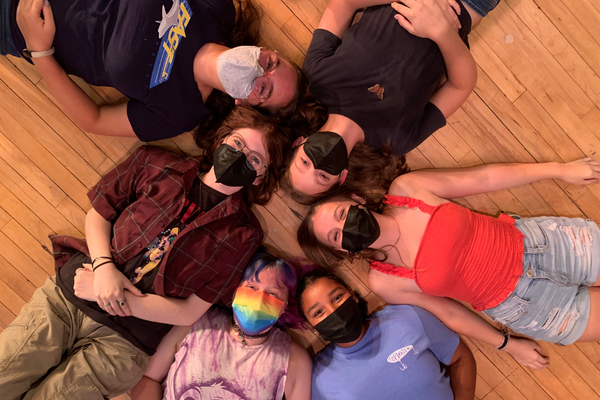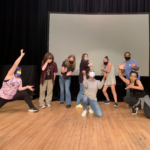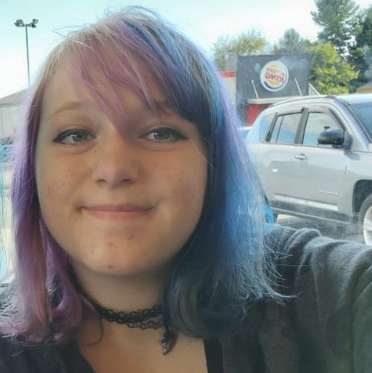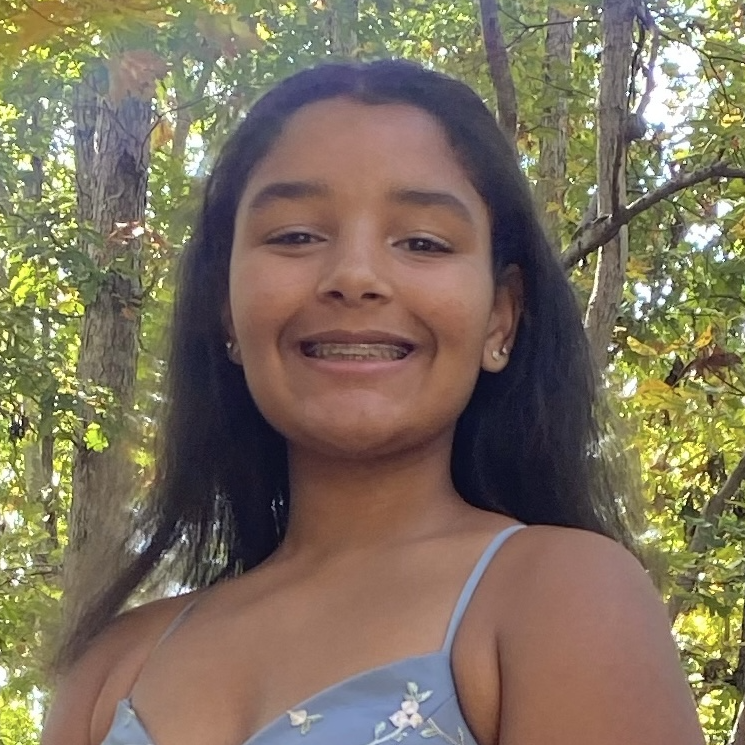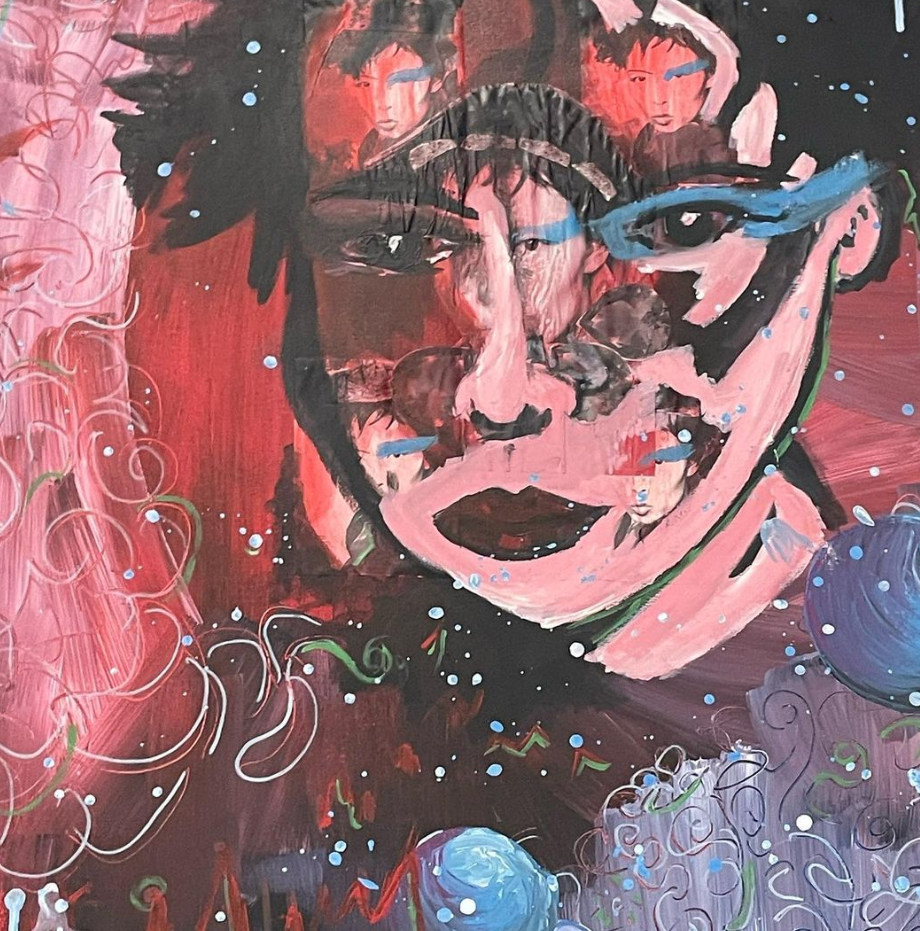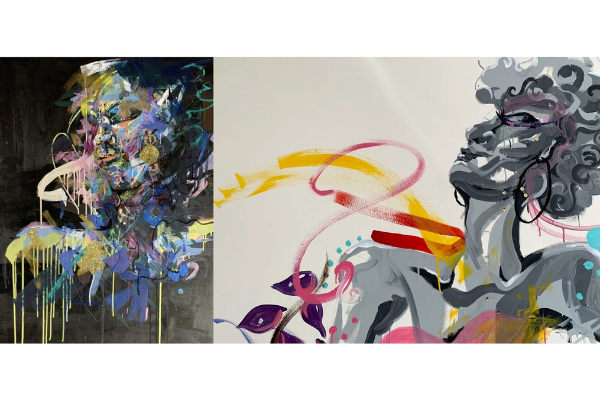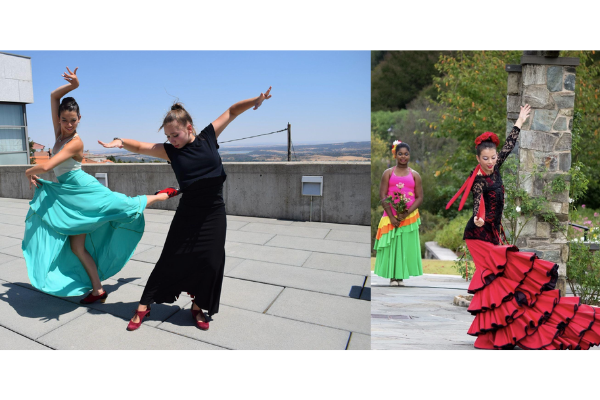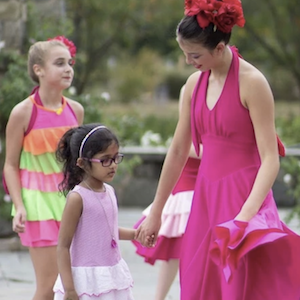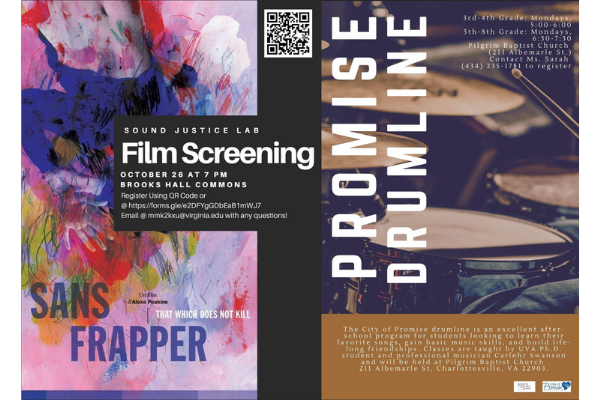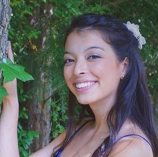By: Joyce Chow
Highlights:
- March is Youth Art Month and I am revisiting a non-profit, I AM Art House, that I founded.
- In this blog, I emphasize why art education is important and how virtual art classes may be an option to get young people involved in the arts.
- I share some resources and strategies for getting young people involved in the arts that all youth-serving adults should consider.
In 2019, I founded a non-profit, called I AM Art House, that supports emerging artists and youth development globally. Since March is Youth Art Month, I wanted to share more about why using art as a tool for empowerment is important for young people.
I AM Art House
One of the goals of this non-profit, and many other art-based organizations, is to organize exhibitions, workshops, and fundraisers to showcase art and raise awareness of the importance of art education. We host art classes for students of all ages and international exhibitions.
Also, our fellowship program is designed to guide recent university graduates (regardless their chosen field of study in university) as they navigate the uncertain waters of starting and sustaining their own art businesses. I AM Art House has hosted several international virtual art exhibitions with several young and emerging artists.
Art Education
If you are a parent and your kid may be interested in art, there are many avenues that provide opportunities to explore art. If you don’t have a local art scene in your community, I’d encourage you to look at online options!
I have taught virtual art classes, and try to personalize them as much as possible. Each week there is a “teaching assistant” who gets to choose what we draw. During a session, one of my students chose a cute milkshake. We usually use reference photos we look through together via Google but sometimes the kids have their parents send me photographs they would like us to use.
Teaching virtual art classes to kids has been such a blessing to the youth and to me. See this session as an example. My students teach me so much, and they are my pride and joy!
Get Youth Involved in Art
Throughout my blog I have talked about all the different mediums of art from design to culinary. I think art can be a tool for empowering youth to be creative, and youth-serving adults should provide opportunities for exposure and growth in all the arts.
Here are some art-based resources or tools that may be of interest to use with youth:
- Check out some Youtube channels for fun tutorials, like the Art for Kids Hub.
- Consider some free or low-priced sites that offer art classes online, like Art Projects for Kids.
- There are also some organizations that have regular and informational newsletters on opportunities and ideas! Consider learning more about Kids & Art, the Arts Fund, and Arts Ignite.
- I also suggest looking into your local schools, libraries, and community centers for opportunities. Consider going to live music and finding other ways to increase exposure to the arts!
If you have any comments or questions about this post, please email Youth-Nex@virginia.edu. Please visit the Youth-Nex Homepage for up to date information about the work happening at the center.
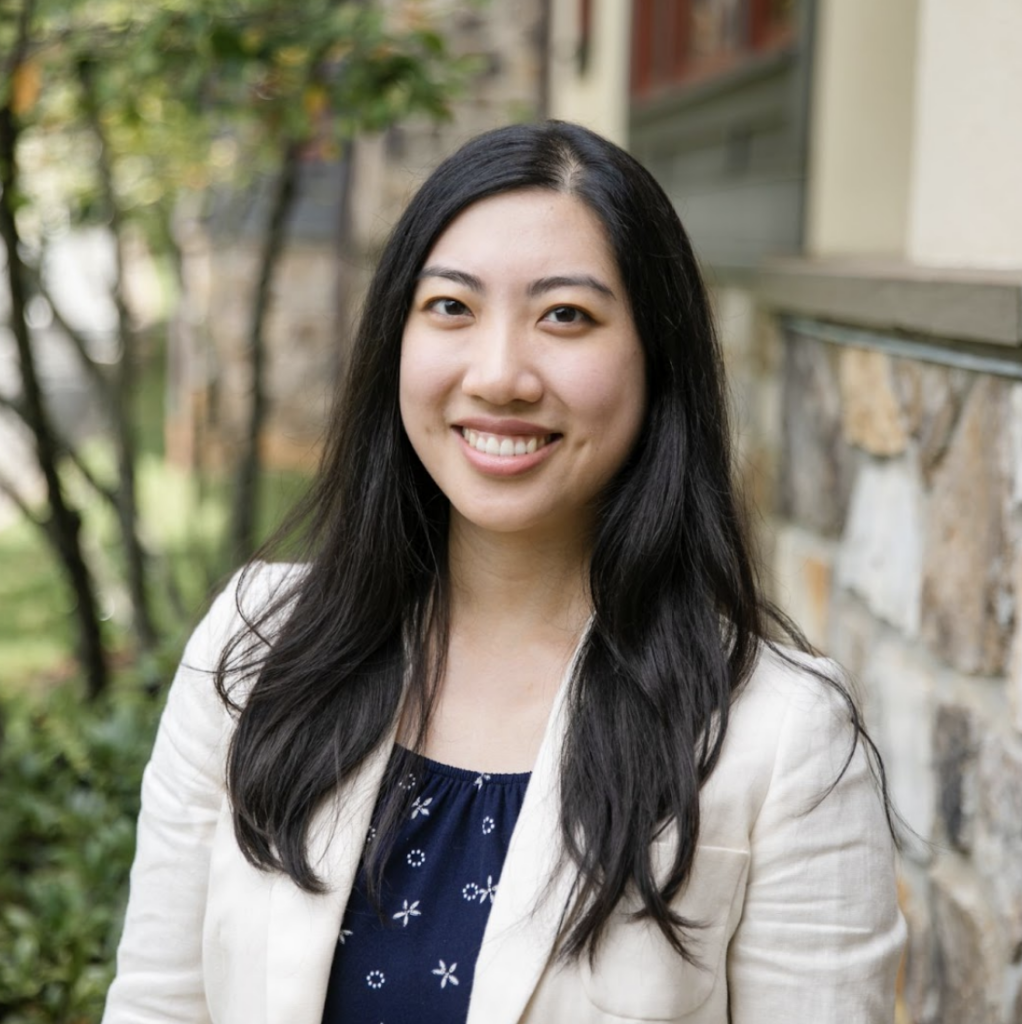
Author Bio: After earning a master in the History of Design at Oxford University and a Graduate Diploma in Art and Design from the Royal College of Art in London, I returned to my alma mater the University of Virginia to pursue a M.Ed. in Educational Psychology-Applied Developmental Science and to serve as a University Advancement Ambassador. I founded I AM Art House back in 2019 to support youth development initiatives and emerging artists globally. I am passionate about teaching art, music, and sports classes to kids.
